Kayaking is a great way to explore rivers, lakes, and oceans! It’s also an excellent form of exercise that can help build strength and endurance. While kayaking can be a lot of fun, it’s important to know the proper technique for rolling a kayak.
Rolling a kayak is an important skill for whitewater paddlers, as it allows them to recover from capsizes quickly and efficiently. In this blog post, “How to roll a kayak?”, we’ll cover the basics of how to roll a kayak, the different types of rolls you can learn and many other sections.
Contents
Contents
What Is A Kayak Roll?
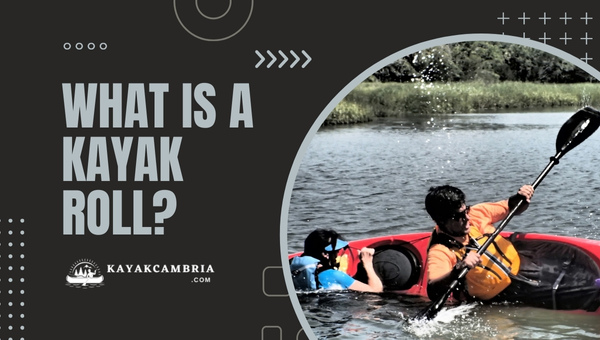
The kayak roll, also called an Eskimo roll, is a method of flipping an overturned kayak upright without taking off the spray skirt or resorting to a wet exit and self-rescue. To execute the technique, the paddler needs to utilize a blend of body movement, particularly the hips, and paddle support.
To perform a kayak roll, start by flipping your kayak upside down and using your paddle for balance and support. Then, execute a hip snap and a paddle stroke to roll yourself back up. Remember to place the handle or shaft of the paddle against the underside of the kayak and press it against it as you roll up.
4 Different Types Of Kayak Roll
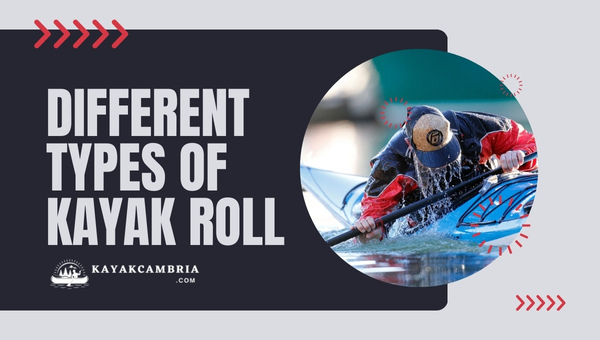
The kayak roll can come in many forms, depending on the type of kayak and your paddling style. Here are some of the most common types of kayak rolls, including:
1. C to C Roll
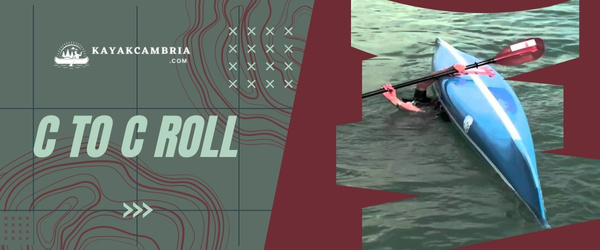
The C to C roll is the most basic form of kayak roll and requires less skill than other rolls. The name comes from the movements produced by your paddle during the roll. This type of roll is popular among whitewater paddlers as it’s fast, reliable in rough water, and can be performed in narrow spaces. To perform the C to C roll, put your paddle at a 90-degree angle to your cockpit and force the blade down as you use your hips to right the boat.
Pros
- Easy to learn.
- Reliable in rough water.
- Can be performed in tight spaces.
- Fast and efficient.
- Great for whitewater paddlers.
Cons
- Requires some strength and flexibility.
- Not as effective in flatwater or slow-moving rivers.
- Can be difficult to remember in chaotic situations.
2. Screw Roll (Sweep Roll)
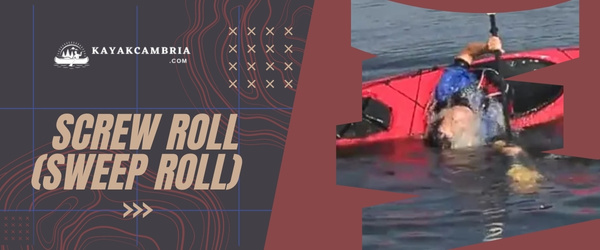
The screw roll is a commonly used safety roll that beginners usually learn first. It is also known as the sweep roll because it involves sweeping the paddle from the bow to the stern. This roll allows more time to perform the hip snap technique for returning to an upright position. However, it requires more space than the C to C roll and is better suited for open water.
Pros
- Easier to learn than other rolls.
- More time to perform the hip snap technique.
- Suited for open water.
- Ideal for beginners and casual paddlers.
Cons
- Requires more space than the C-to-C roll.
- Not as fast or efficient in rough water conditions.
3. Reverse Sweep (Back Deck Roll)
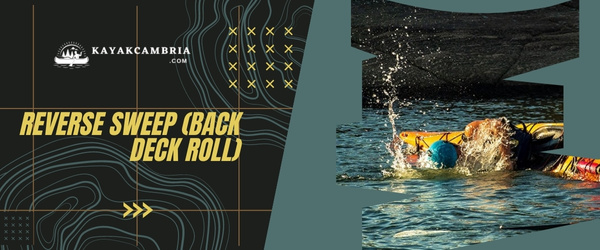
The reverse sweep is a recovery technique where you use your paddle to sweep from stern to bow in a backward direction. It is similar to a standard sweep roll but performed in reverse. This method is particularly useful if you are leaning towards the back of your kayak. It can save you time compared to preparing for a standard roll. By using this technique, you can avoid positioning yourself for a proper safety roll, which reduces the amount of time spent upside down.
Pros
- Quick recovery compared to other rolls.
- No need to position oneself properly.
- Requires less space than a standard sweep roll.
Cons
- May not work for all kayaks.
4. Hand Roll
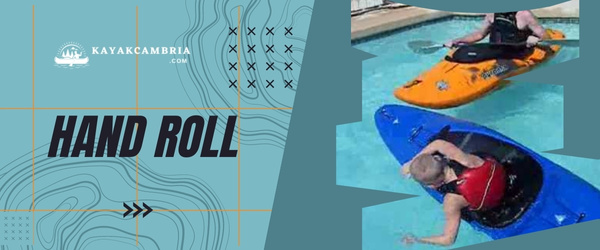
The hand roll is a technique to upright yourself while kayaking without using a paddle, and is handy in case you lose your paddle. To do this, you need to put your hands together to create a shape similar to a paddle or fin, and then push your hands down in the water from the surface. This will help you use your hip snap technique and bring you back up to the surface. Although it’s challenging to execute accurately, the hand roll can be a lifesaver if you capsize and lose your paddle.
Pros
- Can save you in times of need if you lose your paddle.
- Requires less strength and flexibility than other rolls.
Cons
- Difficult to execute accurately.
Why Is Learning How To Perform A Kayak Roll Important?
Learning to perform a kayak roll is critical for any paddler, as it can save your life in case of an emergency. Knowing the different types of rolls and how to execute them quickly and effectively will give you peace of mind when out on the water.
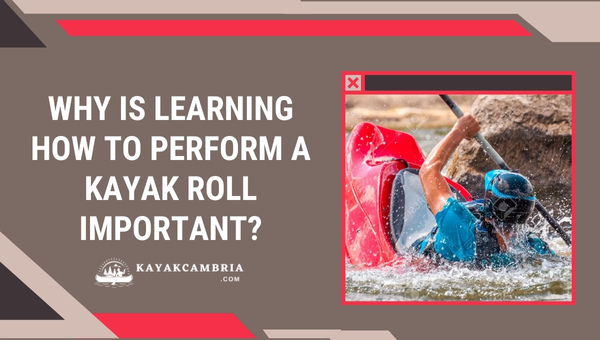
For whitewater kayakers, learning how to roll correctly is especially important as it can be the difference between a successful run and an accident. Knowing different rolls based on your kayak type and paddling style will make you more confident in any situation.
Most kayakers know the importance of learning to roll, as a wet exit not always be possible in fast-moving water. Roll can save your life if you capsize in a dangerous situation, and it is therefore important to practice the skill regularly until it becomes second nature. With enough practice and understanding of the different types of rolls, you will be able to confidently navigate any type of water condition with ease.
Where Should A Beginner Learn To Roll?
For a beginner, the safest and most effective way to learn how to roll is in a controlled environment. A swimming pool or calm body of water with no obstructions is ideal because it allows you to become familiar with the rolling technique without having to worry about water conditions such as current or temperature.
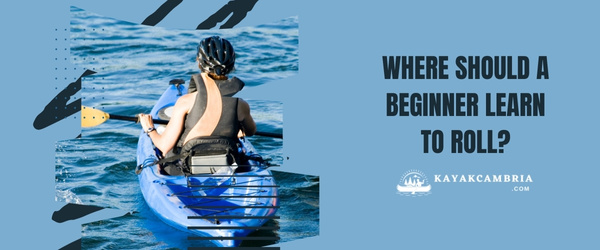
It’s important to have a companion with you when attempting to learn the Eskimo roll. They can assist you by holding your hands as you practice flipping techniques and hip snaps. Additionally, they can offer guidance if you make mistakes or help you steady the boat if you struggle.
Finally, you can find many online videos and tutorials that offer clear guidance on performing various kinds of kayak rolls. However, to ensure safety, it is recommended that you supplement these resources with practical experience under the supervision of a certified instructor.
How Much Time Does Rolling A Kayak Take To Learn?
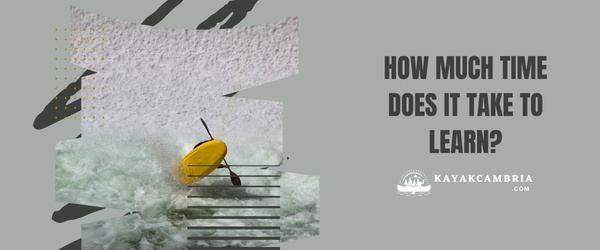
The amount of time it takes to learn how to roll a kayak varies based on your physical fitness and learning style. Generally, with an experienced coach, most individuals can learn the basic sweep roll within two to three 90-minute sessions.
However, if you want to learn more complicated maneuvers such as handrolls, it may take you longer even if you have experience with kayaking. It is important to continue practicing regularly so that you can execute the roll with confidence in any circumstance.
The Basic Principles For Rolling A Kayak
The most important aspects of rolling a kayak are understanding the technique, learning the different types of rolls, and practicing frequently. There are two principles that you need to understand when attempting a kayak roll discussed below:
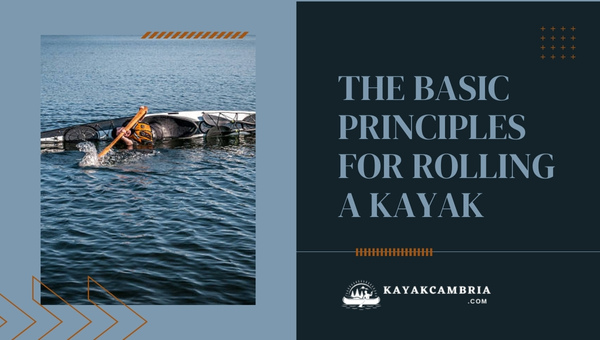
1. Hip Snap Technique
The hip snap technique is the most important part of a roll and involves pushing your hips forward at the same time as you rotate on your shoulder axis. This will help bring your boat back to its original position.
2. Your Head Should Come Out The Last
This is a key principle to remember when attempting a roll. Keeping your head in the water until the boat has come back upright will help you maintain your balance and prevent any unnecessary twists or turns that may throw off your momentum.
How To Roll A Kayak: Step-By-Step Guide
The following step-by-step guide will give you a better understanding of how to roll a kayak:
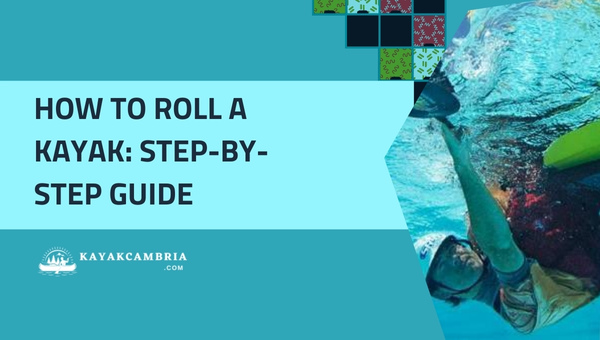
1. Search For A Secure Location
It is best to practice in a controlled environment such as a pool or calm body of water to ensure your safety. A swimming pool is ideal because it has no obstructions.
2. Set Up For The Practice
To prepare for both C to C and sweep rolls, you need to start in the same position. Move your paddle to one side of your kayak, parallel to it with the power side of the blade facing up and resting flat against the water. Lean towards the front blade by bending your body to the side and forward. Turn your body to your paddle and tuck your head in. This position is where you begin, but you will be submerged during the roll.
3. The Catch Point
The catch points are different for C to C and sweep rolls. For a C to C roll, you will catch the water with your paddle near the middle of your boat as you perform a hip snap. For a sweep roll, catch the water with your paddle near the front of your boat as you rotate on your shoulder axis.
4. The Hip-Snap
Once you have identified the catch point, you can begin executing a hip snap. To do this, push against your paddle and snap your hips forward as you rotate. This will help bring your boat back to its original position.
5. The Finish
The last step is to push out of the water using the power face of your paddle while keeping your head in the water until you’re sure that your boat is back in its original position. It is important to finish with your paddle in the power face-up position so that you’re ready to execute another roll.
How To Roll A Kayak C-To-C?
A C-to-C roll is a type of kayak roll that can be used to self-rescue in more advanced conditions. Whitewater kayakers often use this technique in whitewater rapids. To do the C-to-C roll, you need to follow the following steps:
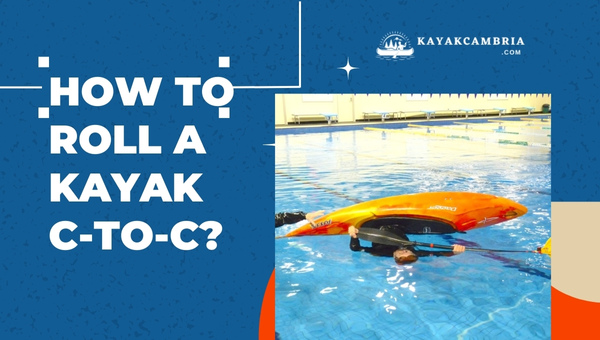
- Position the front blade of your paddle at roughly a 90-degree angle to the kayak’s hull and keep it close to the surface.
- Keep the blade close to the water’s surface.
- Use your left forearm as a pivot point against the kayak’s side.
- Apply downward pressure with the paddle until you feel support.
- Snap your kayak upright using your hips.
- Exit the kayak by rolling it out along the back deck.
How To Sweep Roll A Kayak?
The sweep roll is another type of kayak roll that can also be used to self-rescue. This technique involves a sweeping motion with your paddle and utilizes the power face of the blade more than the C-to-C roll. To perform a sweep roll, the following are the steps:
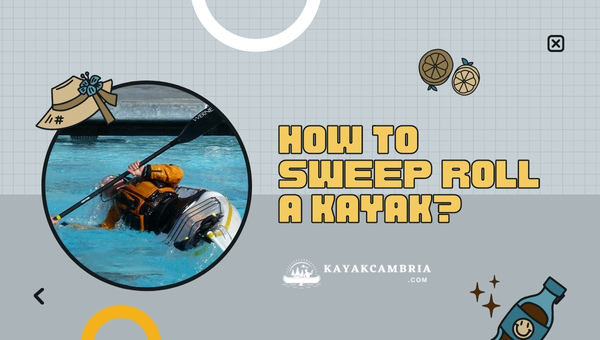
- Position your paddle near your kayak with the power face of the blade pointing away from you.
- Use an arcing motion to swing the front blade of the paddle away from the kayak, creating a “hinge” in the water with your paddle.
- Keep your head submerged and watch the movement of the paddle as it moves through the water.
- As the paddle approaches a 90-degree angle with the kayak, push down on it and let it support you.
- Keep pushing down and use your hips to bring the kayak back up straight. At the same time, raise the paddle above your head.
- Use the back of the kayak to help you roll up and out of the water.
Kayak Rolling: Helpful Tips And Common Mistakes To Avoid
The key to successful kayak rolling is practice, practice, practice. Many paddlers find that it’s helpful to practice rolling in a controlled environment such as a pool or calm body of water. Here are some helpful tips and common mistakes to avoid when rolling a kayak:
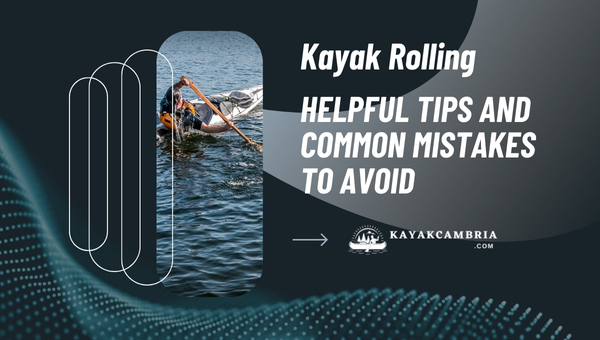
- Keep your head down and resist the urge to lift it out of the water. This will help you keep your body position more stable during the roll.
- Make sure that you are prepared for a wet exit before attempting any kind of roll.
- Remember to position your body and head correctly during the roll. For a more efficient hip snap, position yourself farther out to the side. It’s also essential to be able to see the side of your kayak before starting the roll.
- To prevent losing balance and tipping over to the other side, ensure you control your finish by avoiding leaning too far back or looking up. Keep your eyes focused on the active blade until the very end.
- Before applying downward pressure to start the roll, make sure that the paddle is in the right position. Applying pressure too early won’t give you enough support to perform a hip snap.
- To prevent panicking when you flip over, get comfortable underwater by practising holding your breath and wearing goggles. This will help you feel prepared and calm for a successful roll.
Frequently Asked Questions
1. How to roll a kayak without a paddle?
If you find yourself in the water without a paddle, you can perform a “hand roll” with the help of your hands to get back up. This is achieved by placing your hands on the kayak’s deck and using your hips, legs, and core muscles to bring the kayak back up.
2. How to roll in a whitewater kayak?
Whitewater kayakers typically use the C-to-C roll to self-rescue. This requires a paddle and involves positioning the blade of the paddle at a 90-degree angle with the kayak’s hull, pushing down on it until you feel support, and then using your hips to snap back up.
3. Do I need to learn to roll a kayak?
Yes, it is highly recommended that all kayakers learn how to roll a kayak. This technique can be used for self-rescue and will give you the confidence to tackle more challenging waters. With practice and patience, you’ll be able to master your roll in no time.
4. What is the easiest kayak roll to learn?
The sweep roll is generally considered the easiest kayak roll to learn. This technique requires minimal body movement and can be done with just your paddle in the water. It’s also a great starting point for beginner kayakers looking to gain confidence on the water.
Final Words
Kayak rolling is an essential skill to have if you plan on paddling in open waters. Although it may take some time and practice to master, the benefits make it worth the effort. We hope that our blog post “How to roll a kayak?”, has given you the guidance and confidence to try it out for yourself. Make sure to stay safe on the water and enjoy your next paddling adventure!

